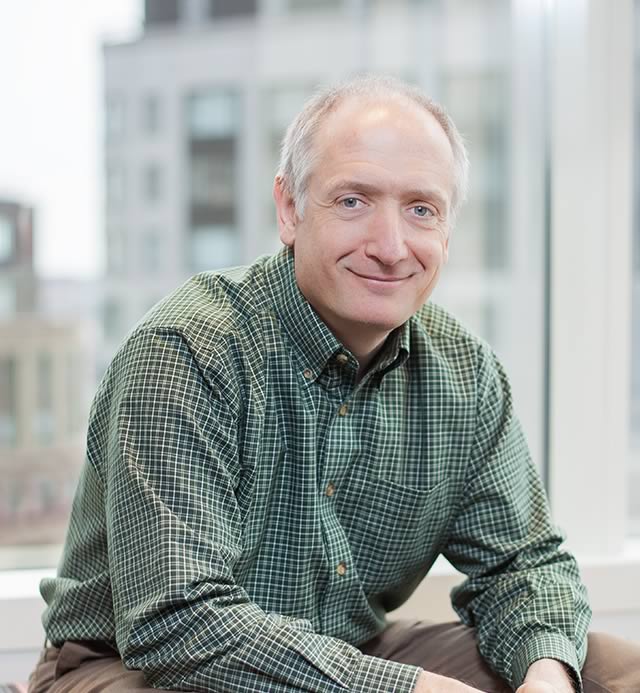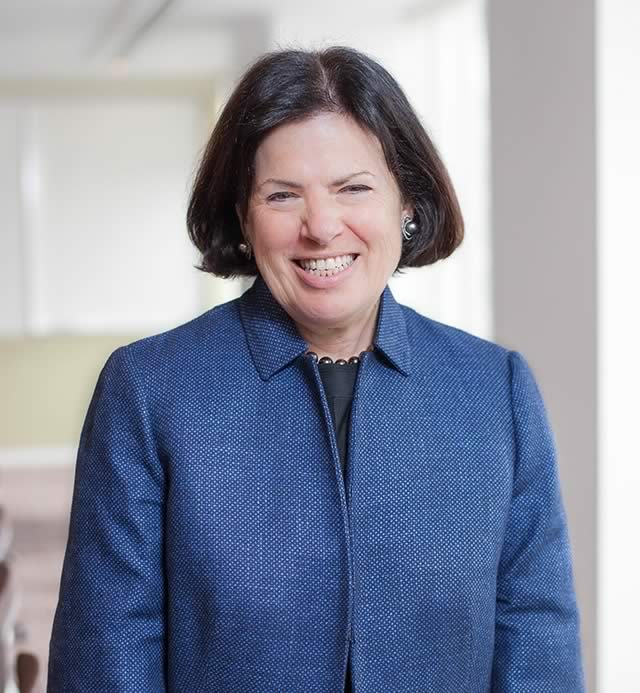-
A Dialogue on Leadership: Martha Samuelson and Pierre Cremieux
Analysis Group’s past and present chief executives in discussion
In January 2025, Pierre Cremieux succeeded Martha Samuelson as Analysis Group’s CEO. Ms. Samuelson has held leadership roles at Analysis Group since 1995, when she was asked to direct what was then the economic consulting side of the firm’s business. She became Co-CEO in 1998 and the firm’s sole CEO in 2004, and continues her service as Chair of the Analysis Group Board. Over the course of nearly three decades, Analysis Group has grown robustly, with more than 1,500 employees in 15 offices across the globe. Ms. Samuelson returned to her active consulting practice and continues to work closely on the transition with Dr. Cremieux, who joined Analysis Group in 1997 and served as its President between 2016 and 2024.
Shortly after the new year, Dr. Cremieux sat down with Ms. Samuelson to talk with her about the firm’s evolution, future, and enduring values.
Dr. Cremieux: Martha, what was it that brought you to Analysis Group in 1992?
Ms. Samuelson: I came from a competitor firm that struck me as poorly structured, with little space for collaboration, entrepreneurial efforts, or employee growth, all of which are necessary, in my view, to guarantee clients the best possible support. For example, one of the things I didn’t like at my previous employer was that each office had its own P&L. So one office could be overly busy and another office could have nothing to do. It also meant that, rather than matching the best team to any given opportunity, whoever got the initial call staffed it with their own people as best they could. That seemed to me inefficient, demoralizing for the employees, and counterproductive in terms of work quality and deliverables.
One of the most important insights that Bruce Stangle and Michael Koehn had when they founded Analysis Group in 1981 was that they wanted to run it as one firm. And it’s been a key part of how the organization has run since then. We don’t have individual fiefdoms; the partnership works as a unit and work gets referred and shared internally on a daily basis.
Dr. Cremieux: What do you think allowed us to continue to operate as one firm, even though the firm has grown by a factor of more than 100 since you took over?
Ms. Samuelson: It hasn’t always been easy to maintain that as a core value. One requirement, to avoid being subject to quarterly pressure on returns that invariably leads to office or practice P&Ls, was to remain a private company, with the freedom to reduce short-term profits for the sake of long-term stability and growth. In the late 1990s, a lot of other consulting firms started to go public, which was a bit terrifying because we had this squishy, trust-based culture. We knew staying private was better for our clients and our colleagues in the long run, but we were not sure our firm would survive to get there.
There was also a period early on in my tenure when some of the partners wanted their own P&Ls. I strongly believed this would not be good for the firm and, with the support of the vast majority of the partners, we decided to stay private, stick to the one-firm model, and focus on the long-term health of the firm. This led to some turnover in the partnership to ensure we had partners who were committed to our trust-based long-term model over the long haul.
One side effect of that test of our philosophy is that the partners who remained and the new partners who have been promoted since have been and are an incredibly close group of friends and colleagues, with very little turnover and lots of new promotions into the partnership every year. Nearly a third of our partners were Analysts at one time, and over half were Associates. In other words, people grew up at Analysis Group, and today’s partners know what they are asking their junior colleagues to do because they did it themselves. This results in a deep understanding of all of the elements of delivering high-quality service to our clients.
“[P]eople grew up at Analysis Group, and today’s partners know what they are asking their junior colleagues to do because they did it themselves. This results in a deep understanding of all of the elements of delivering high-quality service to our clients.”– Martha Samuelson
Dr. Cremieux: One of the things I think you did so well as the firm grew was to resist opportunities that may have been expedient in the short term but could have threatened either the one-firm model or our long-term focus. As the firm gets bigger, should we worry that this will become harder to do?
Ms. Samuelson: This is a question I have been asked virtually every day, and continue to be. I don’t think our size is a handicap; I think of it instead as a strength. We are more diversified than ever, offer our colleagues a broader range of opportunities and our clients a greater variety of expertise, and have a stronger platform that serves us well. In other words, the benefits from our one-firm, long-term focus are more evident now than ever. Today, whenever a client calls any of us, we have a large group of senior colleagues with a broad set of skills to whom we can refer the call, or whom we can pull in to assist us.
So finding the right person to pursue an opportunity and put together the best possible combination of experts and teams is now easier because of our size. As you know, Pierre, even though our group has grown significantly, our partners collaborate with each other seamlessly and are a tighter group than ever. The smoothness of our leadership transition is both the result of that cohesion and further evidence of the strength and stability of the firm, as well as of the robustness of our client-service model. ■
From Forum 2025.


